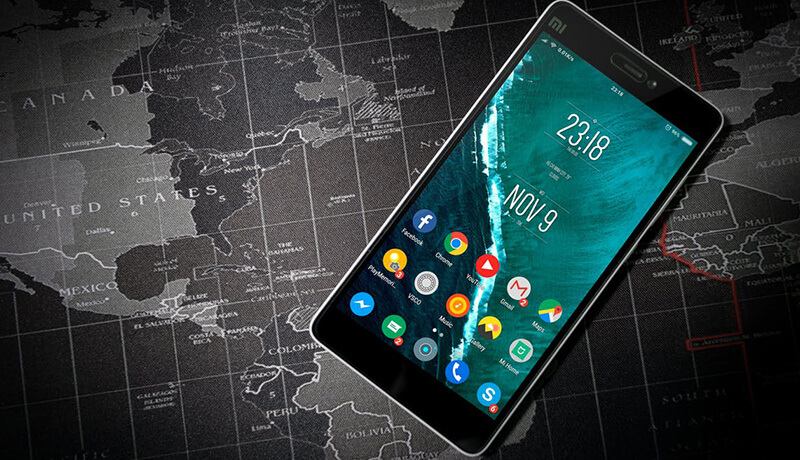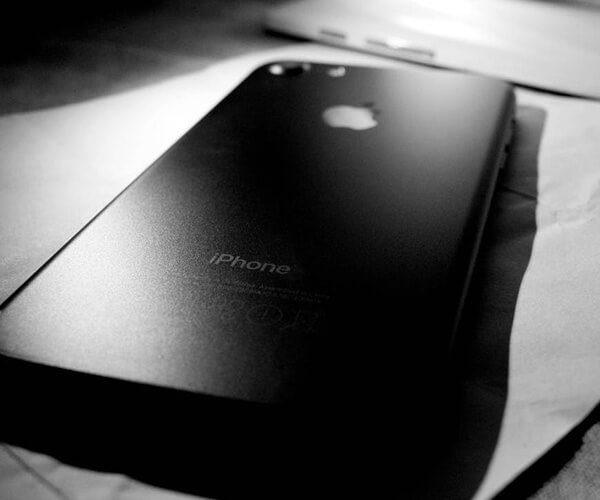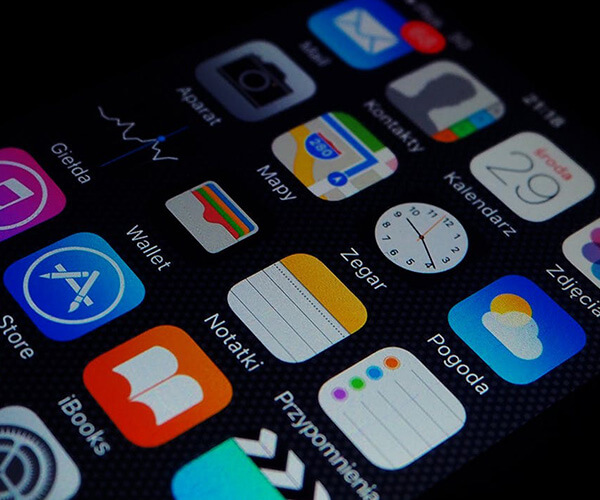

The Boundary Between Science and Pseudoscience: A Discussion on How to Distinguish Scientific Theories from Pseudoscience
In a small town, a local newspaper publishes a sensational article claiming that a new energy drink can enhance cognitive abilities by 300%. The article cites “scientific studies” and testimonials from enthusiastic users, but upon closer inspection, the claims are based on anecdotal evidence and lack rigorous scientific validation. This scenario highlights a growing concern in our society: the difficulty in distinguishing between legitimate scientific theories and pseudoscientific claims. As we navigate an age of information overload, understanding this distinction is crucial for informed decision-making and public policy.Defining Science and Pseudoscience
Science is characterized by its systematic approach to understanding the natural world through observation, experimentation, and evidence-based reasoning. It relies on the scientific method, which includes forming hypotheses, conducting experiments, collecting data, and drawing conclusions that can be tested and replicated by others. Scientific theories are subject to peer review and must withstand scrutiny from the broader scientific community.In contrast, pseudoscience refers to beliefs or practices that claim to be scientific but lack adherence to the scientific method. Pseudoscientific claims often rely on anecdotal evidence, lack empirical support, and are not subject to rigorous testing. They may use scientific terminology to appear credible but fail to meet the fundamental criteria that define true science.Key Characteristics of Pseudoscience
- Lack of Falsifiability : A core principle of science is falsifiability—the ability to be proven wrong through evidence. Scientific theories must make predictions that can be tested. Pseudoscientific claims often evade this criterion by being vague or unfalsifiable. For example, a claim that “energy healing” can cure any ailment lacks specific predictions that can be tested or disproven.
- Reliance on Anecdotal Evidence : Pseudoscience frequently relies on personal testimonials rather than controlled studies. While anecdotes can provide insight into individual experiences, they do not constitute reliable evidence. For instance, testimonials about miraculous recoveries from alternative treatments do not replace the need for rigorous clinical trials.
- Confirmation Bias : Pseudoscientists often cherry-pick data that supports their claims while ignoring contradictory evidence. This selective use of information undermines the objective analysis that is foundational to scientific inquiry.
- Absence of Peer Review : Scientific research undergoes peer review before publication in reputable journals, ensuring that findings are scrutinized by experts in the field. Pseudoscientific claims often bypass this process, relying instead on self-published articles or dubious sources that lack credibility.
- Resistance to Change : Science evolves as new evidence emerges; established theories can be modified or discarded based on new findings. In contrast, pseudoscience tends to cling to outdated ideas despite contrary evidence, often invoking conspiracy theories to explain why mainstream science rejects their claims.
Historical Context: The Rise of Pseudoscience
The emergence of pseudoscience can be traced back through history as various movements have sought to challenge established scientific paradigms. For example, during the 19th century, phrenology—the study of skull shapes as an indicator of personality traits—gained popularity despite lacking empirical support. Similarly, homeopathy has persisted for over two centuries despite numerous studies demonstrating its ineffectiveness compared to placebo treatments.The proliferation of pseudoscientific claims has accelerated in the digital age, where misinformation can spread rapidly through social media platforms. This environment creates challenges for discerning credible information from falsehoods.Strategies for Distinguishing Science from Pseudoscience
- Critical Thinking : Developing critical thinking skills is essential for evaluating claims critically. Individuals should ask questions about the evidence presented: What studies support this claim? Are they peer-reviewed? What methodologies were used?
- Understanding the Scientific Method : Familiarity with the scientific method allows individuals to recognize whether a claim adheres to established practices of inquiry. Recognizing elements such as hypothesis testing and reproducibility can help differentiate between science and pseudoscience.
- Evaluating Sources : Assessing the credibility of sources is vital in determining the validity of information. Reputable scientific journals and organizations adhere to rigorous standards; information from these sources is more likely to be reliable than sensationalist articles or self-published content.
- Consulting Experts : Engaging with experts in relevant fields can provide clarity on complex topics. Scientists and educators can offer insights into emerging research and help debunk pseudoscientific claims.
- Promoting Science Literacy : Education systems should prioritize science literacy by teaching students how to evaluate information critically and understand the principles underlying scientific inquiry. This foundation equips future generations with the tools necessary to navigate an increasingly complex information landscape.
Conclusion
The distinction between science and pseudoscience is vital for fostering a well-informed society capable of making sound decisions based on evidence rather than misinformation. As illustrated through historical examples and contemporary challenges, pseudoscientific claims can have significant consequences for public health and policy.By cultivating critical thinking skills, understanding the scientific method, evaluating sources carefully, consulting experts, and promoting science literacy, individuals can better navigate the complexities of modern information dissemination. In doing so, we empower ourselves to discern credible knowledge from misleading assertions—ultimately strengthening our collective understanding of the world around us.As we move forward into an era defined by rapid technological advancements and information proliferation, let us commit ourselves to uphold the principles of scientific inquiry while remaining vigilant against the allure of pseudoscience that threatens our pursuit of truth and knowledge.
Share
Rewrite
Scroll to Top







